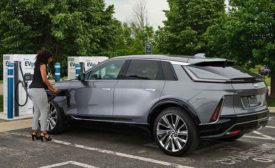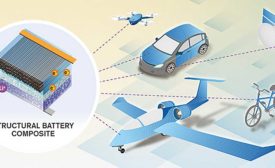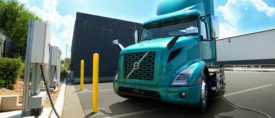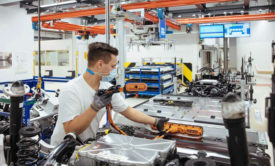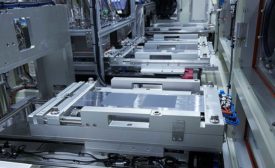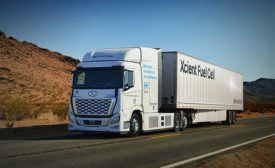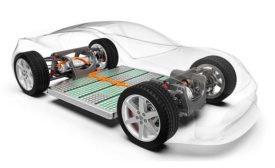Home » electric vehicles
Articles Tagged with ''electric vehicles''
Charging Lithium-Ion Cells at Different Rates Boosts Battery Packs
Read More
Autonomous Last-Mile Delivery Robots
Autonomous robots will soon be roaming city sidewalks and streets.
December 23, 2022
Robots Assemble Electric Vehicles
Automakers need to be flexible and adopt new automation.
December 21, 2022
Heavy-Duty Electric Trucks
Battery power offers numerous advantages to medium- and heavy-duty trucks.
December 19, 2022
How to Speed Up EV Cable Assembly
Automation can improve wire processing quality and throughput.
September 26, 2022
The Next Big Breakthrough in EVs
Solid-State Batteries Emerge From the Lab
September 23, 2022
Powerboats Go Electric
Battery power promises to transform the personal watercraft industry.
September 21, 2022
Never miss the latest news and trends driving the manufacturing industry
Stay in the know on the latest assembly trends.
JOIN TODAY!Copyright ©2024. All Rights Reserved BNP Media.
Design, CMS, Hosting & Web Development :: ePublishing
